Among the world’s most adorable rodents, chinchillas stand out with their incredibly dense fur, animated personalities, and unique adaptations to cool mountain environments. These South American natives have transitioned from endangered wild animals to beloved exotic pets, captivating owners with their cloud-like softness and playful antics. However, their specialized biology—particularly their inability to tolerate heat—presents distinctive challenges for their care. As temperatures rise globally, understanding chinchillas’ specific needs becomes increasingly important for both conservation efforts and responsible pet ownership. This fascinating contradiction of an animal—simultaneously hardy in their native habitat yet delicate in human care—offers a window into the specialized adaptations of mountain wildlife and the responsibilities we face when bringing exotic species into our homes.
Origins in the Andean Mountains
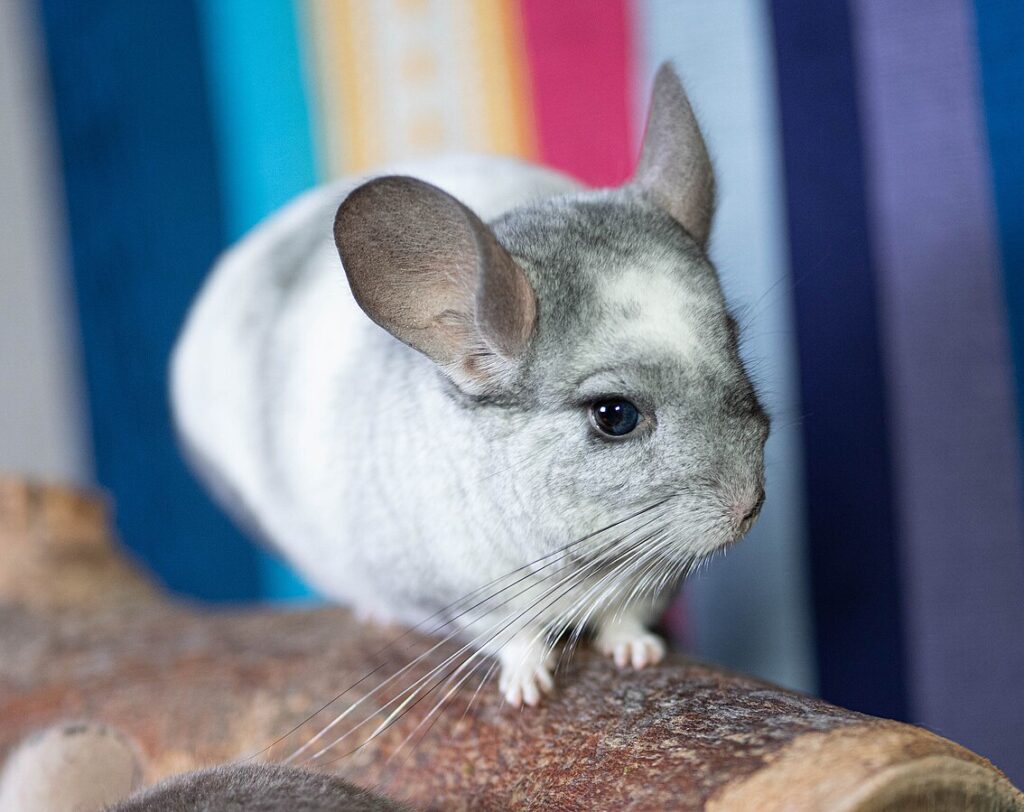
Chinchillas are native to the Andes Mountains of South America, specifically regions of Chile, Peru, Bolivia, and Argentina, where they evolved in high-altitude environments typically 3,000-5,000 meters above sea level. These rocky, arid mountain habitats naturally provide cool temperatures, even during summer months, with average temperatures rarely exceeding 75°F (24°C). Their evolutionary history in these cool, dry conditions has shaped virtually every aspect of chinchilla biology, from their respiratory systems to their remarkable fur density. Wild chinchilla populations have declined dramatically due to hunting for their prized fur, with the long-tailed chinchilla (Chinchilla lanigera) and short-tailed chinchilla (Chinchilla chinchilla) both listed as critically endangered or endangered species, making conservation efforts crucial for their survival in the wild.
The World’s Densest Fur

Chinchillas possess the densest fur of any land mammal, with an astonishing 50-80 hairs growing from each follicle, compared to humans who have just one hair per follicle. This incredible density means that a single square inch of chinchilla skin can contain more than 20,000 hairs, creating a plush coat that feels impossibly soft to the touch. Their fur evolved as an adaptation to cold mountain environments, providing exceptional insulation against frigid Andean nights while remaining lightweight enough for their agile movements. Unfortunately, this same remarkable fur made chinchillas prime targets for commercial hunting, bringing wild populations to the brink of extinction and spurring the development of chinchilla farms for the fur industry. The dense fur that protects them in the wild becomes problematic in captivity, as it prevents efficient heat dissipation and makes chinchillas extremely vulnerable to overheating.
Temperature Sensitivity: Why Heat is Deadly
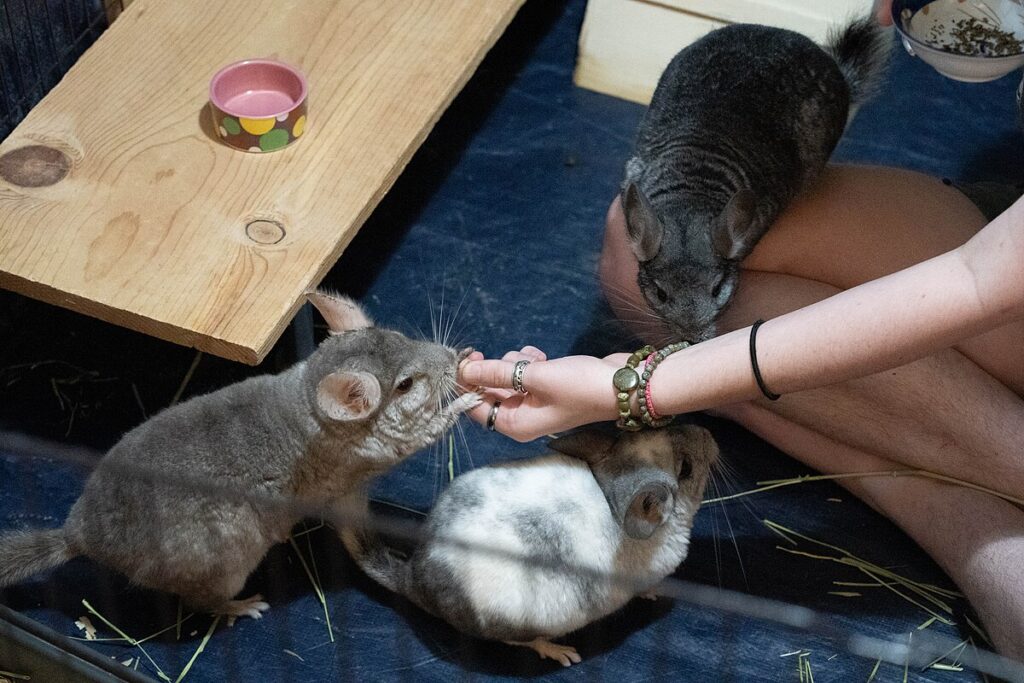
Chinchillas lack the ability to sweat, removing a crucial mechanism most mammals use for temperature regulation when environmental heat rises. Their dense fur, while perfect for cold environments, becomes dangerously insulating when temperatures climb above 75°F (24°C), trapping body heat close to the skin with no efficient way to dissipate it. This temperature sensitivity can rapidly lead to heat stroke, with symptoms including lethargy, heavy breathing, drooling, reddened ears, and ultimately seizures or death if not immediately addressed. Even brief exposure to temperatures above 80°F (27°C) can be fatal for chinchillas, making them one of the most heat-sensitive companion animals available. Their native habitat’s temperature range—cool days and cold nights—has shaped their physiology to such a degree that they simply cannot adapt to the warmer environments found in many human homes without specialized accommodations.
Dust Baths: The Waterless Cleaning Ritual
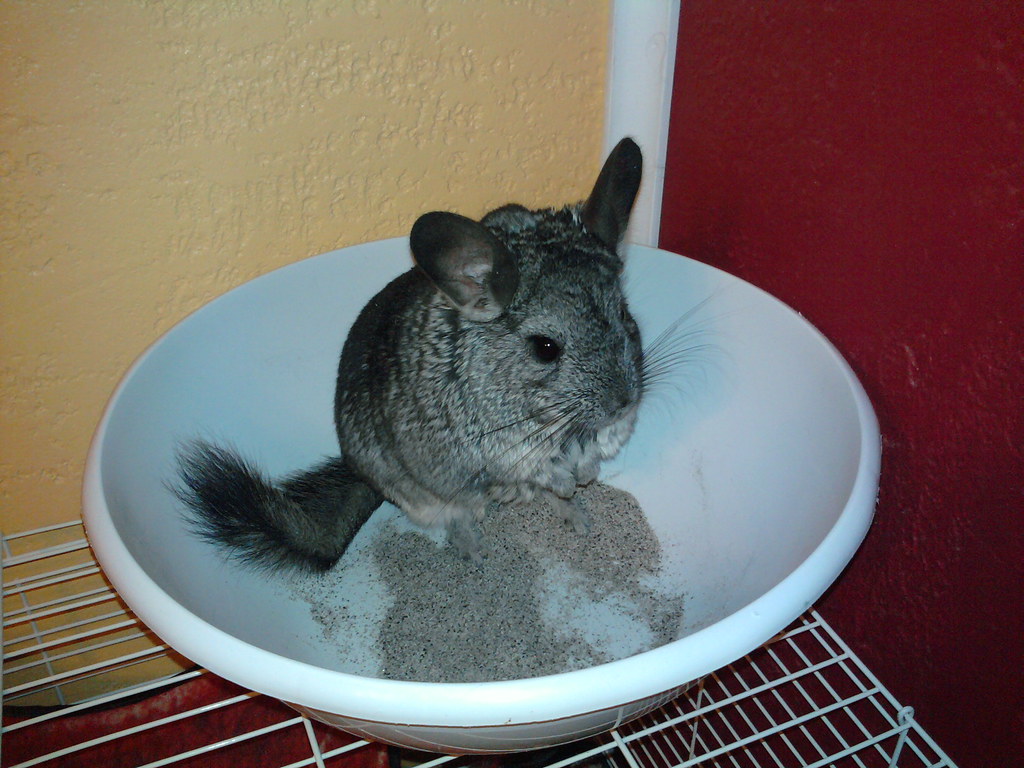
Perhaps the most charming and unusual aspect of chinchilla care is their requirement for dust baths rather than water for coat maintenance. In the wild, chinchillas roll in fine volcanic ash or pumice dust to remove excess oils and keep their ultra-dense fur clean and conditioned. This behavior is not only functional but clearly enjoyable for chinchillas, who often display excited bouncing and rolling behaviors when presented with fresh bathing dust.
Pet chinchillas require special commercially available chinchilla dust (made from processed pumice) provided in a suitable container at least 2-3 times weekly for 10-15 minutes per session. Water baths are actually dangerous for chinchillas, as their thick fur dries extremely slowly, potentially leading to fungal infections, respiratory problems, or dangerous chilling. The dust bath behavior showcases how specialized chinchilla care requirements directly connect to their unique evolutionary adaptations.
Creating a Chinchilla-Safe Environment

A proper chinchilla habitat must prioritize temperature control above all else, ideally maintaining ambient temperatures between 60-70°F (15-21°C) year-round with humidity levels below 50%. This often requires dedicated air conditioning in summer months, as even well-ventilated rooms can exceed safe temperatures during heat waves.
Chinchilla cages should be multi-level with plenty of jumping space, as these animals can leap over 6 feet high in a single bound, with solid platforms rather than wire floors to prevent foot injuries. Cage materials must be chew-proof (typically powder-coated metal) since chinchillas continuously gnaw to wear down their ever-growing teeth.
Placement of the habitat is equally critical—away from direct sunlight, drafts, other pets, and noise sources that might stress these sensitive animals. Many experienced owners dedicate entire climate-controlled rooms to their chinchillas to ensure consistent temperature regulation and appropriate exercise opportunities.
Diet Requirements and Digestive Adaptations
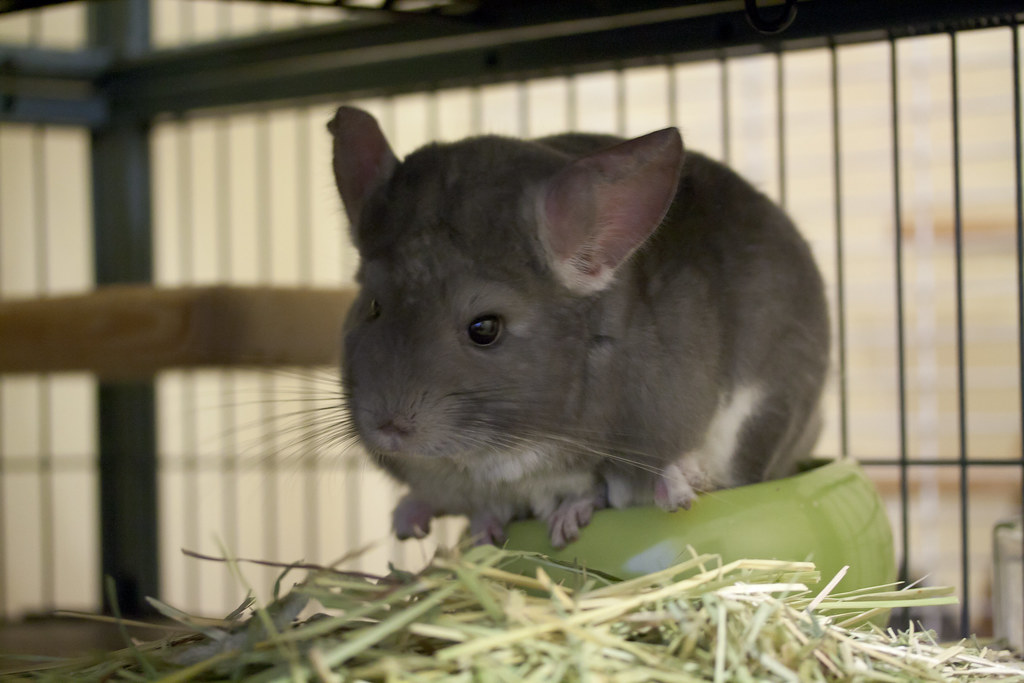
Chinchillas have evolved specialized digestive systems adapted to the sparse, fibrous vegetation found in their high-altitude habitats. Their diet should consist primarily (80-90%) of high-quality timothy hay, which provides the essential fiber needed for proper digestive function and dental health.
Commercial chinchilla pellets, specifically formulated for their nutritional needs, should make up about 10-15% of their diet, supplemented with very small amounts of dried herbs or certain safe vegetables as occasional treats. Unlike many rodents, chinchillas cannot process sugars or fats efficiently, making fruits, nuts, seeds, and commercial treats potentially dangerous to their health.
Their digestive adaptations include a process called cecotrophy, where they consume certain fecal pellets to extract additional nutrients, similar to rabbits. Their specialized metabolism requires consistent feeding schedules and very gradual dietary changes to prevent potentially fatal digestive disruptions.
Longevity and Health Considerations
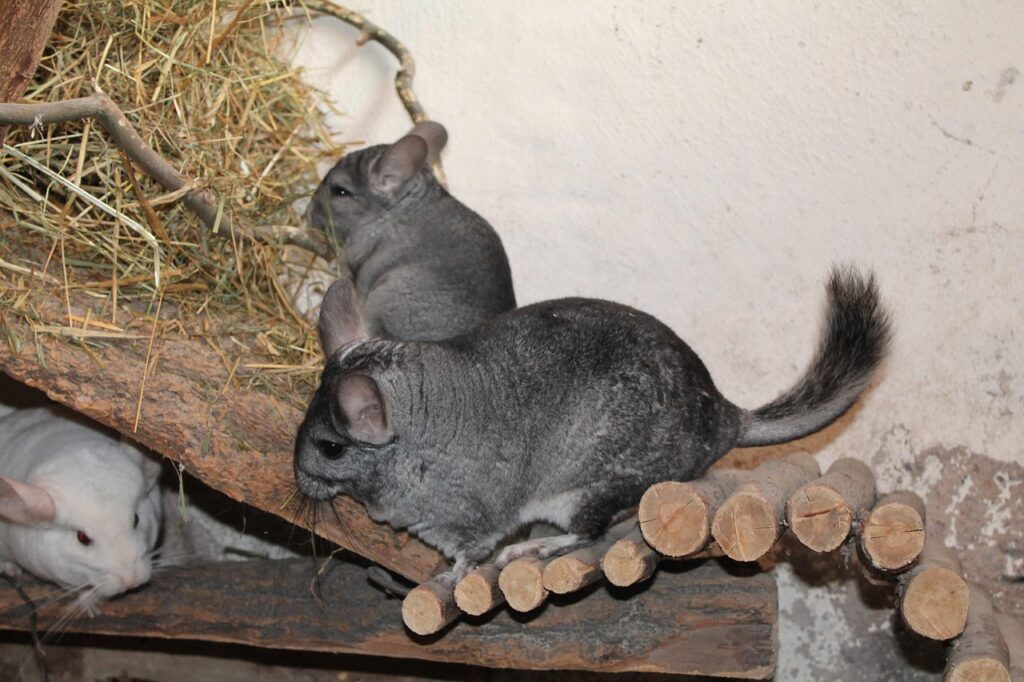
With proper care, chinchillas can live remarkably long lives for rodents, with many reaching 15-20 years of age in captivity. This longevity makes them a significant long-term commitment compared to other small pets like hamsters or gerbils. Common health issues include dental problems (malocclusion), fur chewing due to stress or boredom, respiratory infections from poor ventilation, and gastrointestinal stasis from improper diet.
Heat stroke remains the most immediate and serious health threat, particularly as climate change produces more frequent and intense heat waves in many regions. Finding exotic veterinarians with specific chinchilla experience presents another challenge for owners, as these specialists are less common than dog and cat veterinarians. Preventative care, including regular weight monitoring and careful observation of behavior changes, is essential for maintaining chinchilla health throughout their potentially long lifespan.
Social Needs and Behavior Patterns

In their natural habitat, chinchillas are highly social animals living in colonies of up to 100 individuals, suggesting that companionship is an important aspect of their psychological well-being. Pet chinchillas often benefit from living in same-sex pairs (particularly females) or small groups when introduced properly at a young age.
They communicate through a variety of vocalizations, including barks, squeaks, and a distinctive “kh-kh” warning sound when alarmed. As crepuscular animals, chinchillas are most active during dawn and dusk, with bursts of energetic play followed by rest periods throughout the day and night.
Their natural behaviors include jumping, climbing, gnawing, dust bathing, and hiding in burrows—all activities that should be accommodated in captivity through appropriate cage design and enrichment. A stressed or unhappy chinchilla may exhibit fur chewing, excessive hiding, aggression, or lethargy, signaling that their social or environmental needs require attention.
Handling Techniques and Trust Building
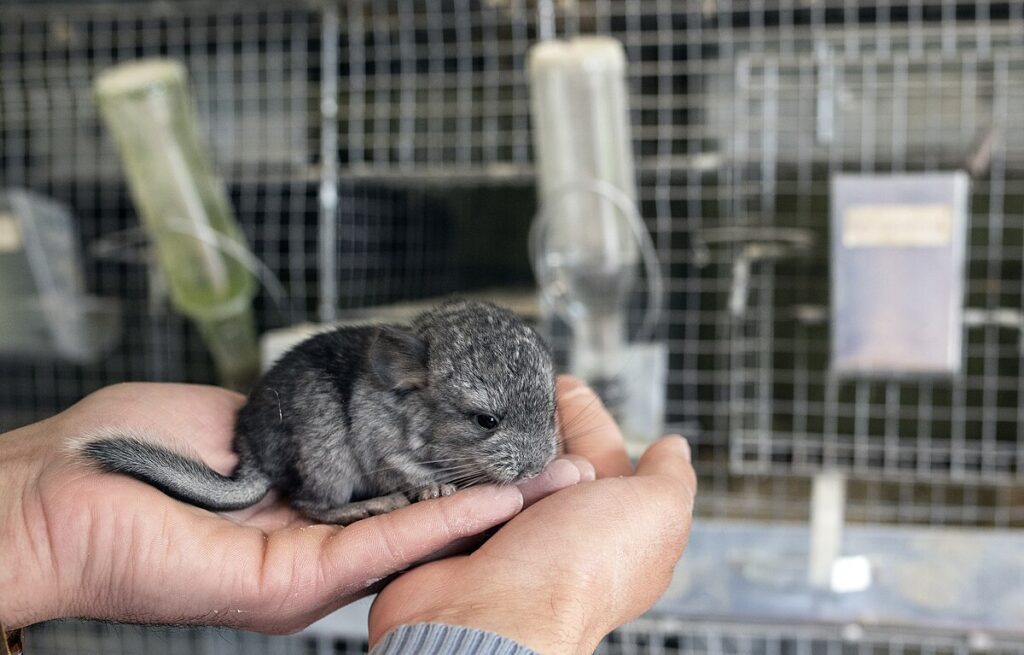
Chinchillas require specialized handling techniques that respect their delicate bone structure and unique defense mechanisms. The most notable defensive adaptation is “fur slip,” where chinchillas can release patches of fur when grabbed, leaving bare skin behind—a survival mechanism against predators that becomes problematic in pet situations.
Proper handling involves supporting their body weight while allowing them to sit in cupped hands, never grabbing or restraining them from above as a predator would. Trust building with chinchillas takes patience, with initial interactions focusing on hand feeding treats and gradual progression to brief handling sessions.
Many chinchillas never become cuddly pets in the traditional sense, preferring interactive play to being held for extended periods. Their natural wariness serves them well in the wild but requires owners to adjust expectations and develop handling approaches that respect chinchilla comfort levels and natural behaviors.
Emergency Cooling Techniques
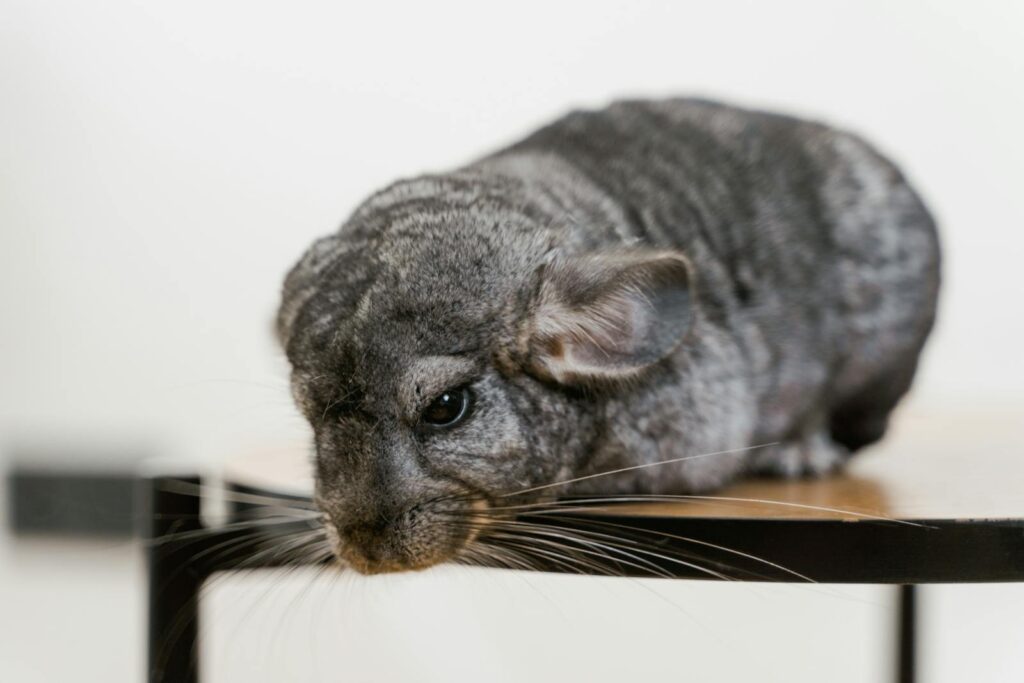
Every chinchilla owner should be prepared with emergency cooling protocols for heat-related emergencies, as rapid intervention can mean the difference between life and death. The immediate steps include moving the chinchilla to the coolest available location and placing ceramic tiles or ice packs wrapped in towels in their cage (never applying cold items directly to their bodies).
Some owners keep special cooling stones in their freezer that can be quickly placed in a chinchilla cage during emergencies. Misting the ears very lightly with cool water can help reduce body temperature, as the ears serve as natural radiators for heat dissipation.
After implementing emergency cooling measures, immediate veterinary attention is crucial, as heat stroke can cause organ damage even if the chinchilla appears to recover initially. Prevention remains the best approach, with many dedicated owners installing backup power systems for air conditioning and temperature alert systems to protect their pets during power outages or equipment failures.
Chinchilla Intelligence and Enrichment Needs
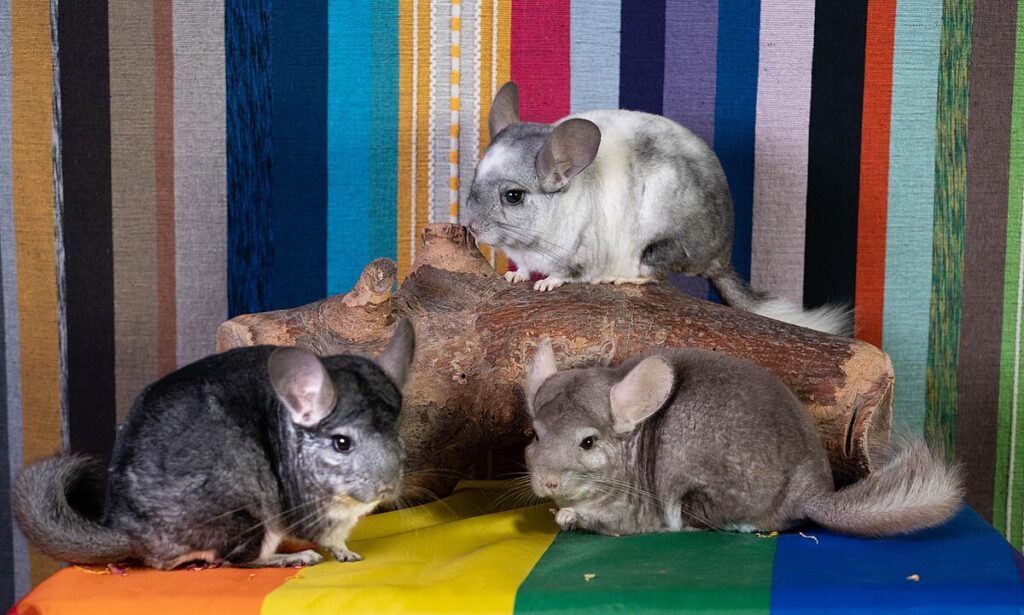
Chinchillas possess remarkable intelligence that requires regular mental stimulation to prevent boredom and associated behavioral problems. They can learn to recognize their names, respond to simple commands, and navigate complex play environments with impressive problem-solving abilities.
Environmental enrichment should include a variety of chew toys made from safe woods (apple, pear, or kiln-dried pine), rotating activity toys, tunnels, hideaways, and platforms at various heights to satisfy their natural climbing instincts. Some owners successfully implement basic positive reinforcement training, teaching chinchillas to enter carriers on command or perform simple behaviors for tiny herb rewards.
Interactive play sessions outside the cage in a thoroughly chinchilla-proofed room provide essential exercise and mental stimulation, though supervision is critical as these curious animals can quickly find trouble by chewing electrical cords or squeezing into small spaces. Their cognitive abilities make chinchillas particularly susceptible to boredom in barren environments, underlining the importance of varied enrichment strategies.
Conservation Status and Ethical Considerations
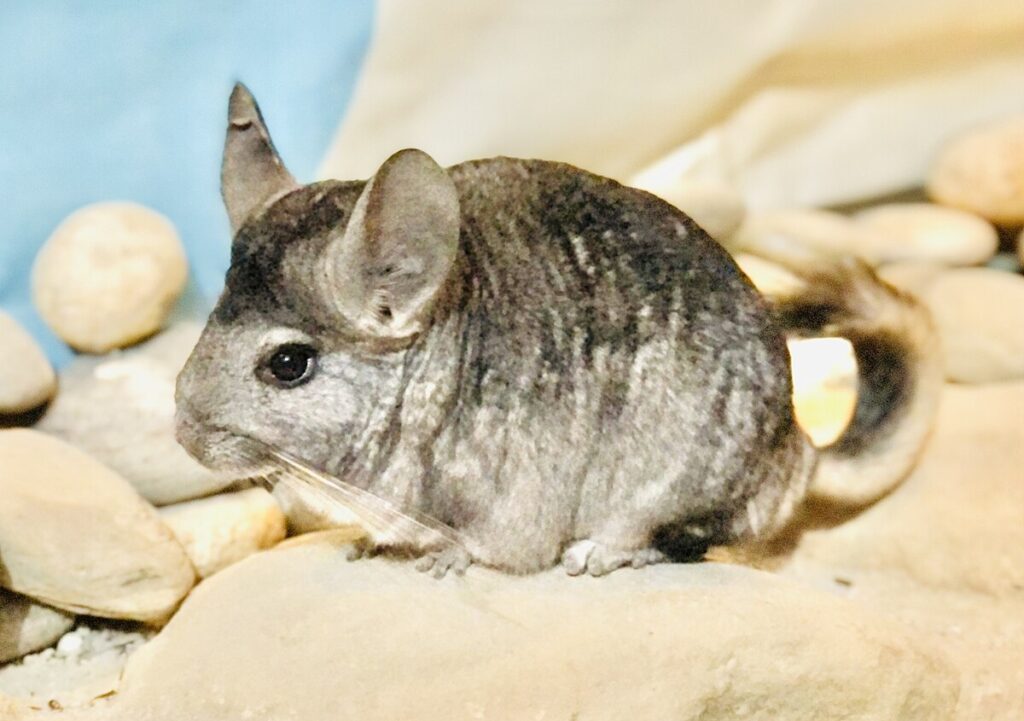
Wild chinchilla populations face severe conservation challenges, with the long-tailed chinchilla listed as Endangered and the short-tailed chinchilla listed as Critically Endangered on the IUCN Red List. Habitat destruction, climate change, and continued illegal hunting threaten remaining wild populations despite international protection under CITES (Convention on International Trade in Endangered Species).
This precarious conservation status raises ethical questions about chinchilla keeping, though it’s important to note that pet chinchillas derive from domestic breeding stock established before wild capture became illegal, making them many generations removed from their wild ancestors.
Responsible ownership includes acknowledging chinchillas’ specialized needs and committing to species-appropriate care rather than treating them as trendy exotic pets. Some conservation organizations work with chinchilla breeders on genetic diversity programs that might eventually contribute to conservation efforts, though the genetic divergence between captive and wild populations presents significant challenges to potential reintroduction programs.
Climate Change Implications for Wild and Pet Chinchillas
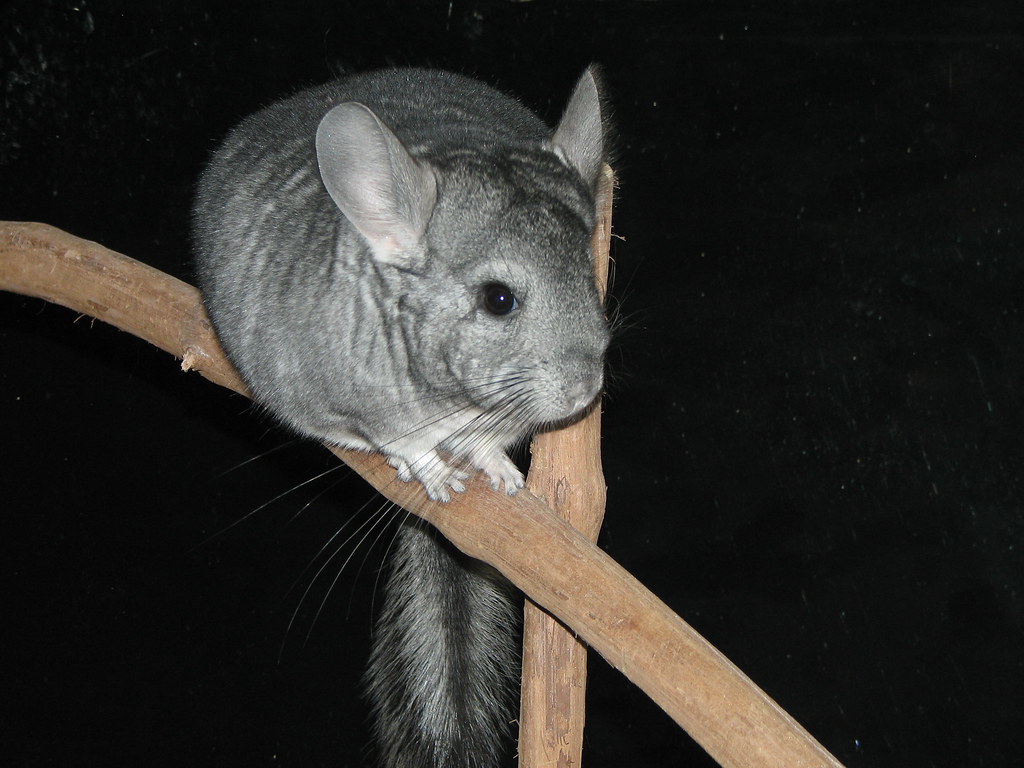
Climate change poses a double threat to chinchillas, impacting both wild populations and creating challenges for pet owners. In their native Andean habitats, rising temperatures are altering vegetation patterns and potentially creating thermal stress for wild chinchillas adapted to cooler conditions.
For pet owners, increasingly frequent and intense heat waves strain home cooling systems and raise energy costs associated with maintaining safe temperatures for these heat-sensitive animals. Power outages during extreme weather events present particular dangers, with many dedicated chinchilla owners investing in backup generators or developing emergency plans with climate-controlled facilities where their pets can be temporarily housed during extended outages.
The chinchilla’s struggle with heat serves as a small but poignant reminder of how climate change affects specialized species with narrow environmental tolerances, both in the wild and in human care. Their need for cool, stable temperatures makes them inadvertent sentinels for our changing climate, highlighting adaptation challenges faced by temperature-sensitive species worldwide.
Chinchillas represent a fascinating intersection of specialized evolutionary adaptations, conservation challenges, and the complex responsibilities of exotic pet ownership. Their remarkable fur, adapted for high Andean environments, becomes their greatest vulnerability in warmer climates. For those willing to commit to their specific needs—stable cool temperatures, specialized diet, dust baths, and enrichment—chinchillas offer the reward of long-term companionship with intelligent, characterful animals unlike any other pet.
However, their requirements should give pause to potential owners in warming climates or unstable housing situations. Whether studied for their unique biology, protected in their native habitat, or cared for as beloved pets, chinchillas remind us that some species thrive only within narrow environmental parameters—a lesson increasingly relevant as global temperatures rise and environments change. Their very existence challenges us to consider more deeply what responsibilities we take on when bringing specialized exotic animals into our domestic spaces.

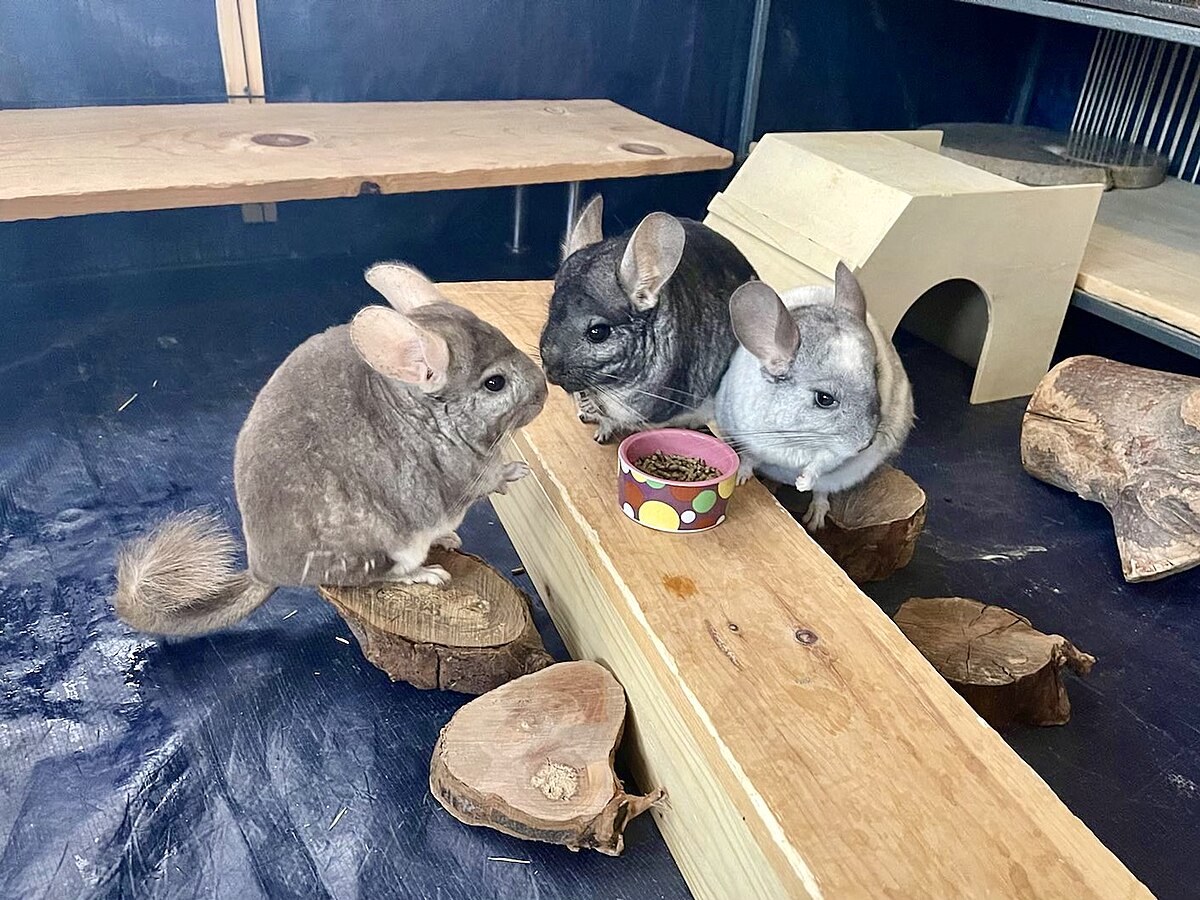

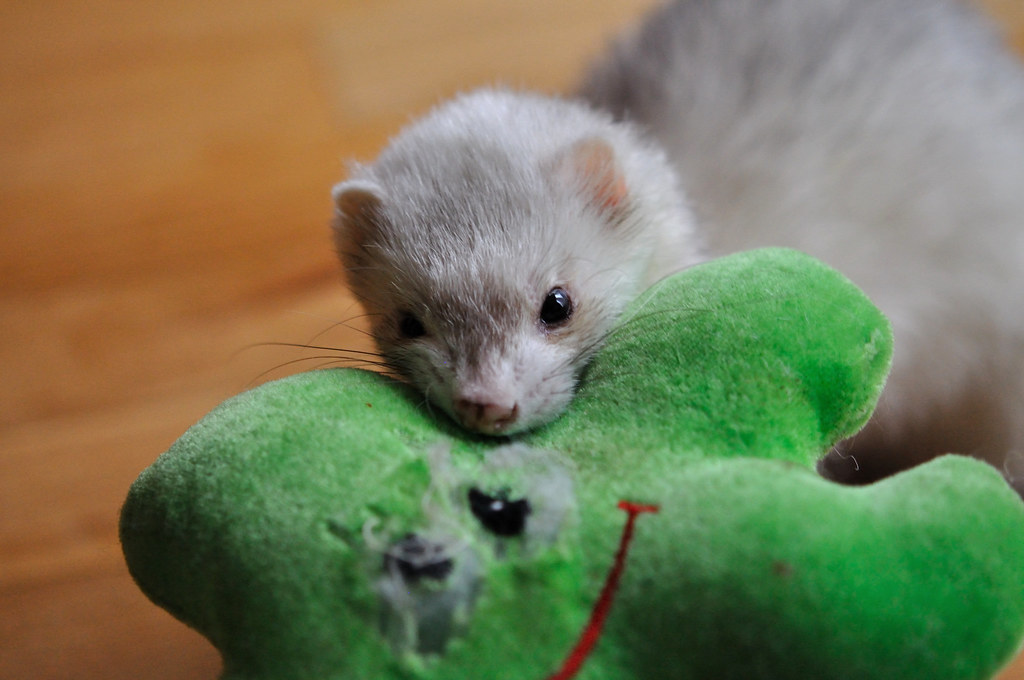
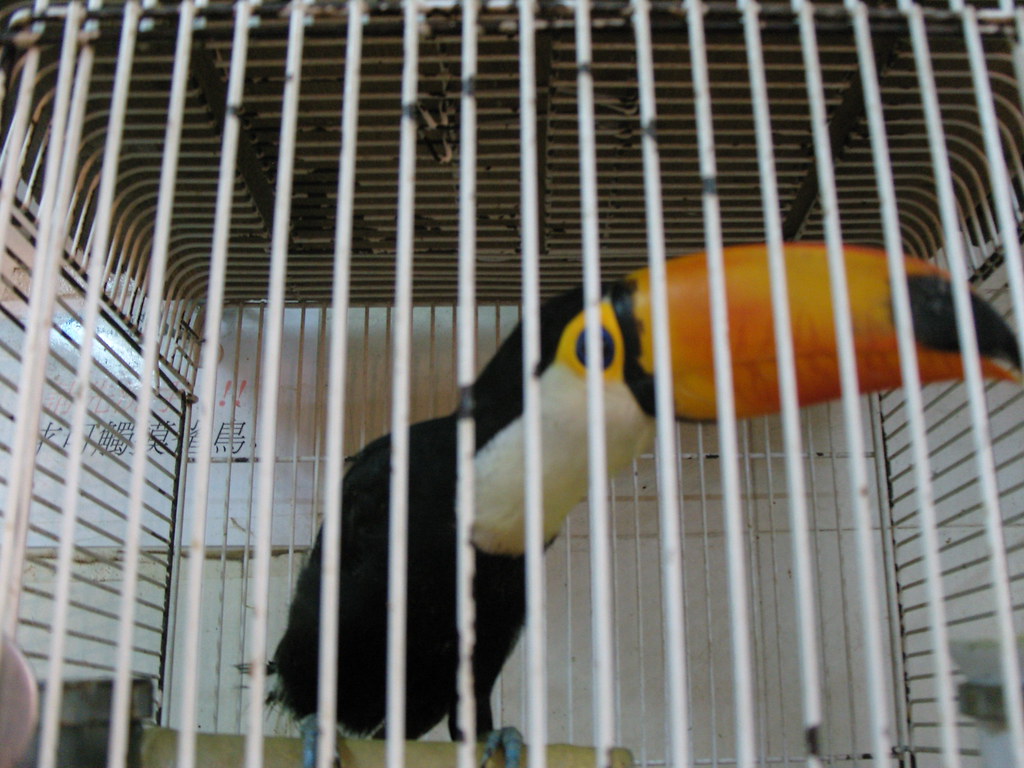
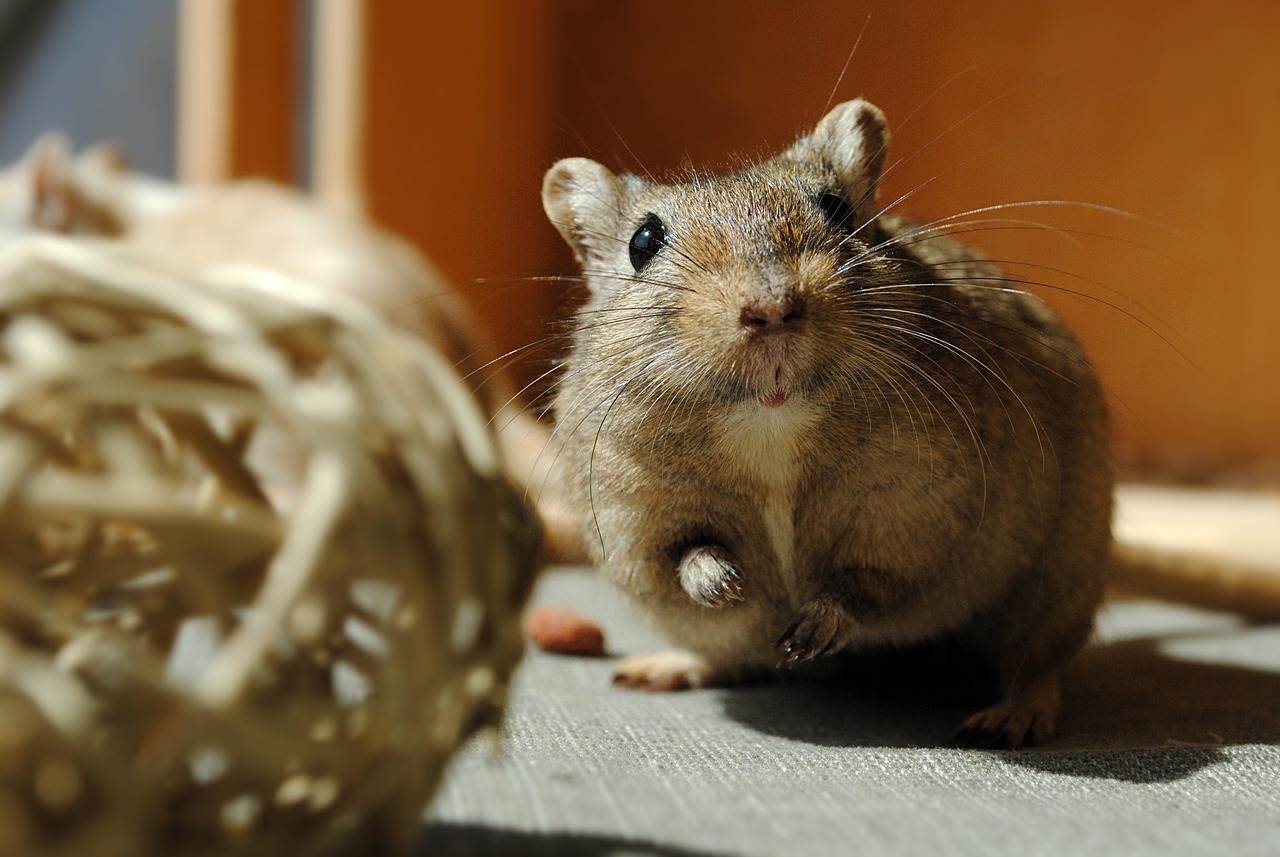
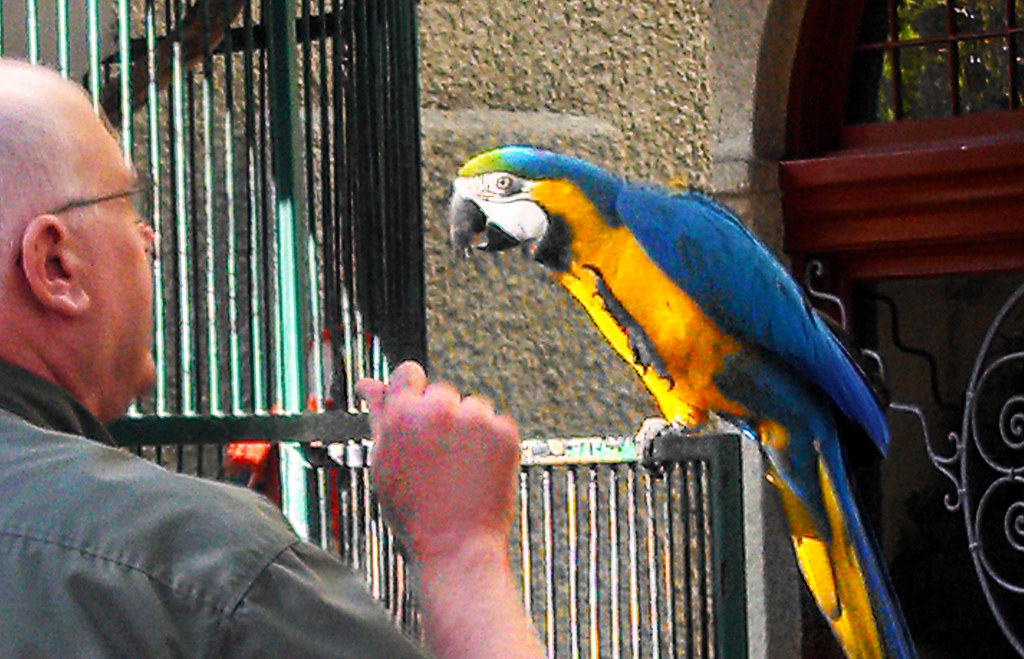
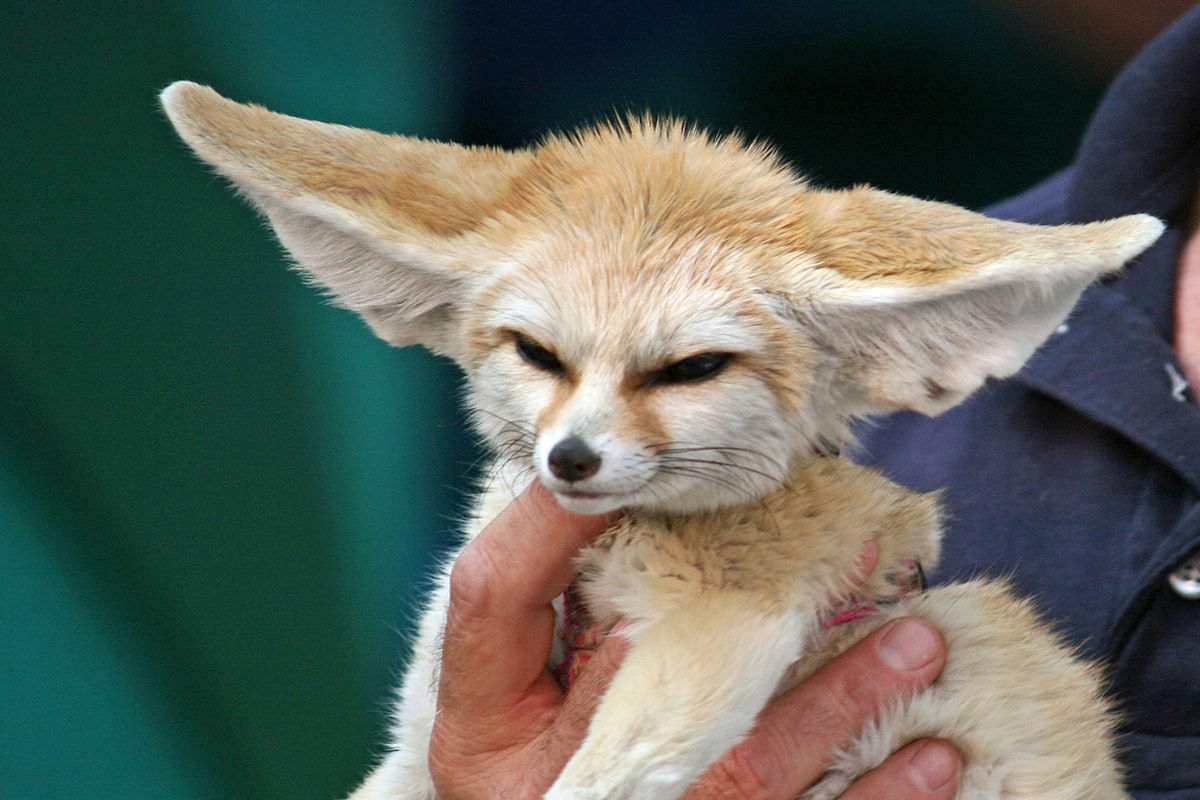
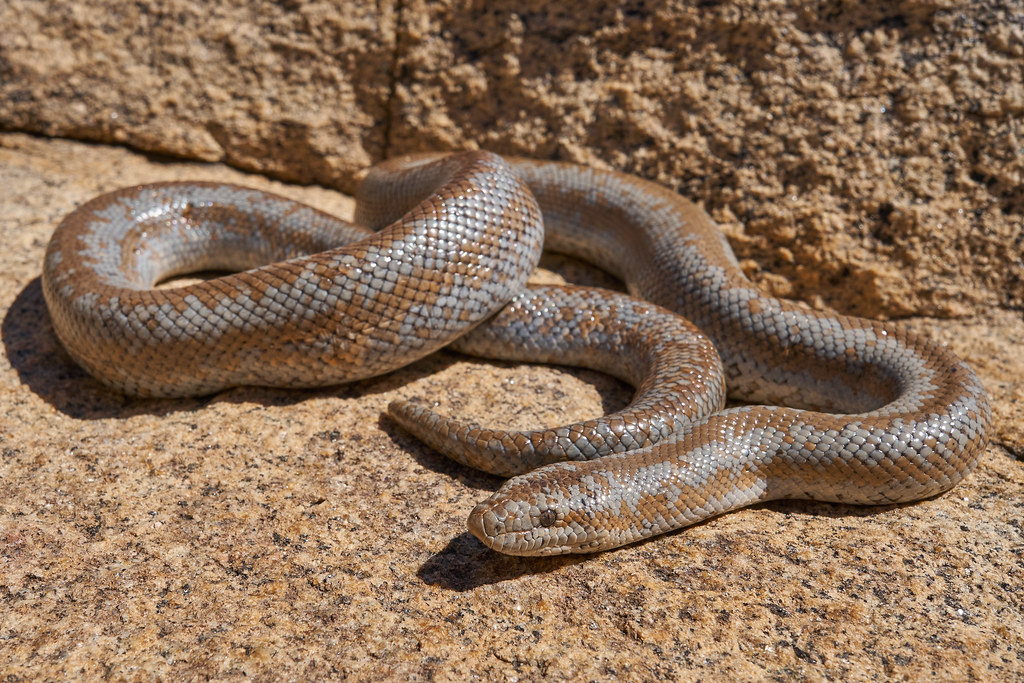
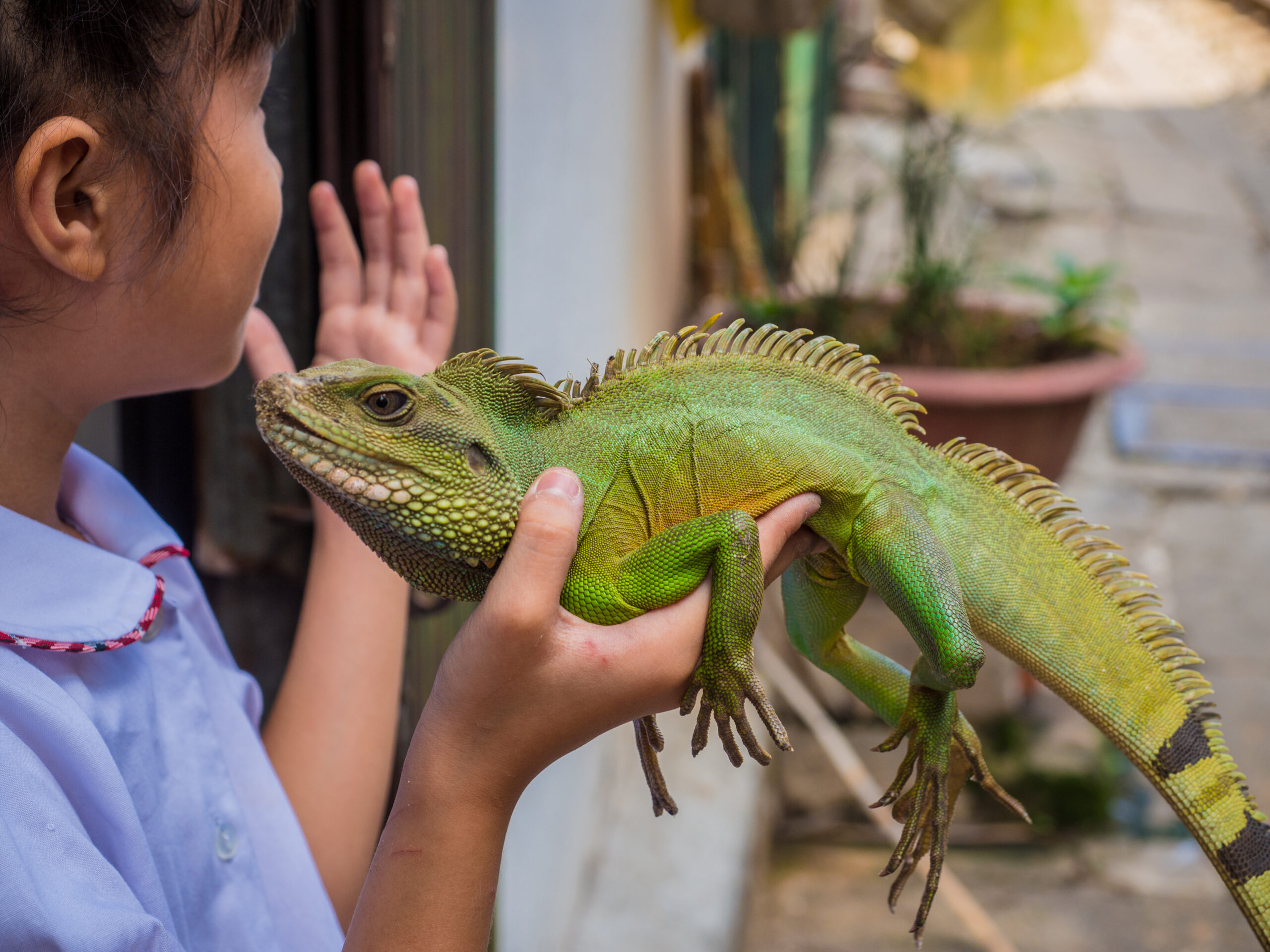
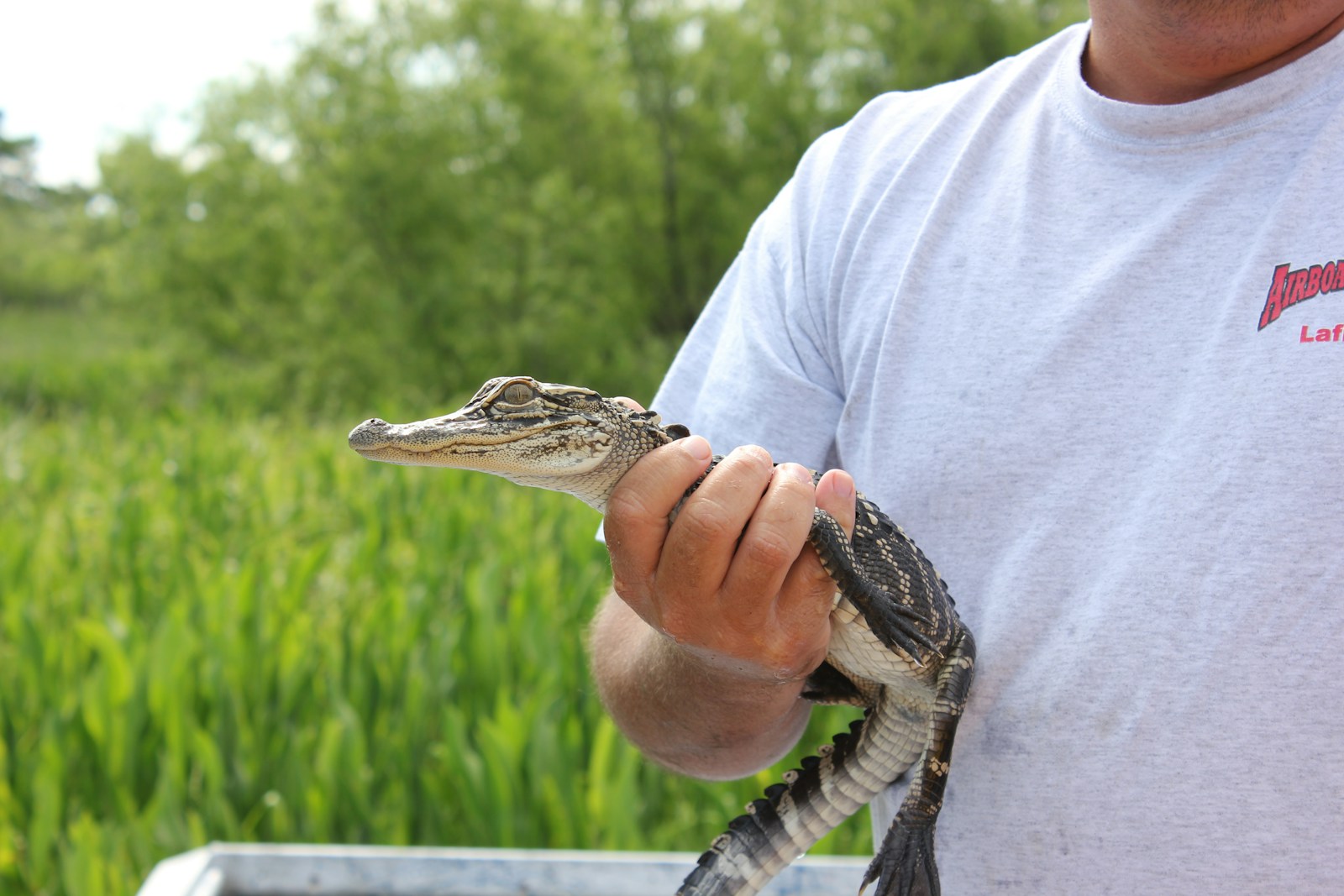
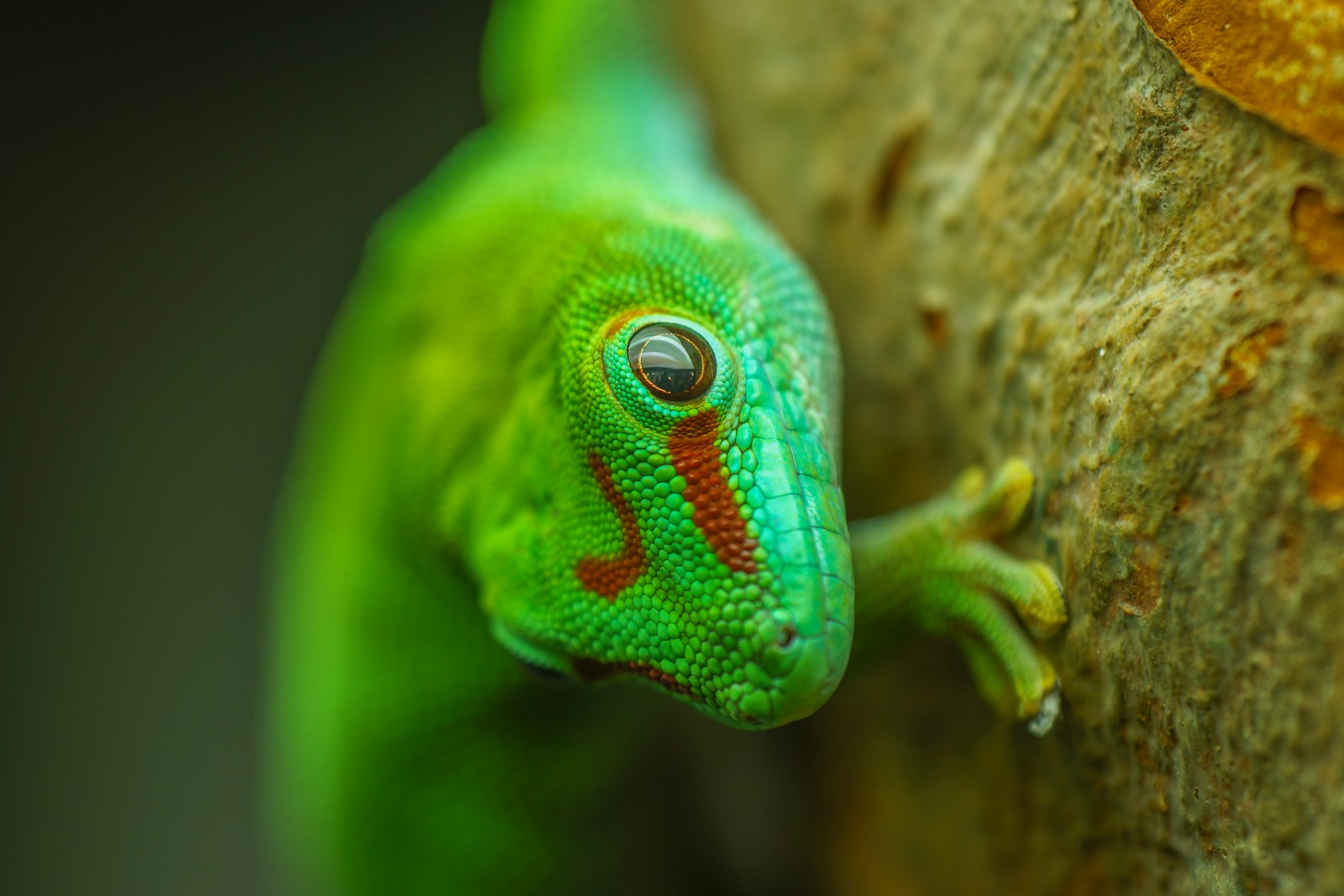




Leave a Reply